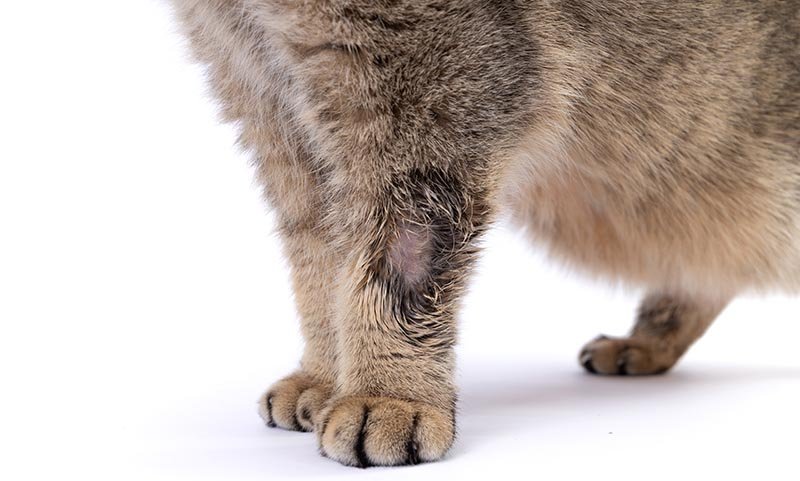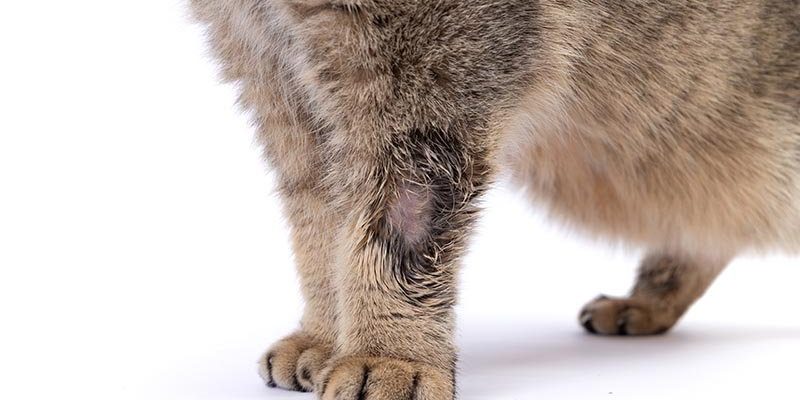
Wolf worms, or cutworms as they’re often called, can be a gardener’s worst nightmare. But understanding their behavior can help you manage them effectively. Imagine you’re walking through a lush garden in spring; the sun is shining, and everything feels alive. Suddenly, you notice some plants wilted or chewed on. That’s where wolf worms come into play. They might not have fangs like a wolf, but they certainly have a hearty appetite. In this article, we’ll explore what wolf worms are, how they behave in warmer weather, and what you can do if they invade your garden.
What Are Wolf Worms?
Wolf worms are the larval stage of cutworm moths. They might look like just another garden pest, but they play an interesting role in the ecosystem. They typically hatch from eggs laid by moths in the late spring or early summer. These larvae are usually about 1 to 2 inches long and have a smooth, cylindrical body covered with tiny hairs. You might find them in your garden, munching on tender seedlings, which might be why you’re not seeing the growth you expect.
The name “cutworm” comes from their sneaky behavior of cutting young plants off at the base. They tend to hide during the day, coming out at night to feast on your plants. If you’ve ever seen a healthy-looking plant go missing overnight, you might have had a run-in with these hungry little critters. Honestly, it’s like they’re stealthy ninjas in the garden, waiting for the perfect moment to strike.
Wolf Worm Life Cycle
Understanding the life cycle of wolf worms is key to managing them. It all begins with the adult cutworm moth, which lays clusters of eggs on or near the soil. After about a week, the eggs hatch, and the tiny worms emerge. This is when their appetite really takes off, and they start feeding on plants.
Here’s how their life cycle typically goes:
- Egg Stage: Laid by adult moths, usually in late spring.
- Larval Stage: This is when they’re called wolf worms. They can last several weeks, growing larger as they consume more plants.
- Pupal Stage: After they’ve had their fill, they burrow into the soil to pupate, eventually emerging as adult moths.
The entire cycle can take a few weeks to a couple of months, depending on environmental conditions. Warmer temperatures speed things up, which means more wolf worms out and about!
Wolf Worm Behavior in Warmer Months
As temperatures rise, wolf worms become more active. They thrive in warm weather, which directly affects their feeding and mating habits. During late spring and summer, you’ll likely see more plant damage in your garden caused by these pests.
One thing to keep in mind is that wolf worms are nocturnal. This means they come out to feed when it’s dark, making them hard to spot during the day. If you’re curious about their behavior, consider taking a nighttime stroll through your garden with a flashlight. You might catch them in action!
Another interesting aspect of their behavior is their parental instinct. Female moths will scout for appropriate laying sites, usually on the underside of leaves or nearby soil, where the tiny larvae have quick access to food once they hatch. It’s nature’s way of ensuring their young have the best chance of survival.
How Wolf Worms Impact Your Garden
If you’re a gardener, understanding how wolf worms can impact your plants is crucial. They primarily feed on young, tender plants, making them particularly dangerous to seedlings. Their appetite can quickly lead to stunted growth or even plant death if left unchecked.
You might notice symptoms like:
- Cuts at the Base: Young plants might be severed just above the soil line.
- Wilting Leaves: Plants may look healthy one day and droopy the next.
- Munched Leaves: You may find holes in the leaves or whole parts missing.
If you’re seeing these signs, it’s time to take action. Left unchecked, a few wolf worms can turn into many, leading to a much bigger problem.
How to Manage Wolf Worm Infestations
Now that we’re familiar with wolf worms and their impact, let’s discuss how to manage them. There are several strategies you can use. Here’s a mix of natural and chemical solutions you might consider:
- Handpicking: A simple but effective method—go out at night with a flashlight and pick them off your plants.
- Barriers: Use row covers or plant collars to protect young seedlings from infestations.
- Natural Predators: Encouraging birds, wasps, and other beneficial insects can help keep wolf worm populations in check.
- Pesticides: If necessary, consider using insecticides specifically targeted at caterpillars. Make sure to follow the instructions carefully.
You might be wondering about the effectiveness of each method. Honestly, handpicking can be labor-intensive but very satisfying. On the other hand, using barriers is a preventive measure that can save you a lot of headaches later on.
When to Seek Professional Help
Sometimes, even the most diligent gardener can find themselves overwhelmed. If your garden is under heavy attack, or if you’re struggling to keep up with the population of wolf worms, it might be time to seek professional help.
Pest control companies can offer targeted treatments and advice tailored to your specific situation. They can also help identify if there are other pests at play, as sometimes wolf worms can be part of a larger problem. Here’s the thing: getting professional help doesn’t mean you failed; it means you’re taking your garden seriously and doing what’s needed to protect it.
Overall Thoughts on Wolf Worms
Wolf worms might not be the most popular topic among gardeners, but they offer important lessons about nature’s balance. They remind us that while we love our gardens, we’re never truly in control. Sure, they can be a nuisance, but they also play a role in the ecosystem, just like every creature on this planet.
So whether you’re out there battling these pests with a flashlight or simply observing their activities, remember that this is all part of the natural cycle. By understanding wolf worms and their activities during warmer months, you can better protect your garden and enjoy a bountiful harvest.
So next time you notice a few wilted plants, you might just have a tiny wolf worm to thank for the experience. Happy gardening!

